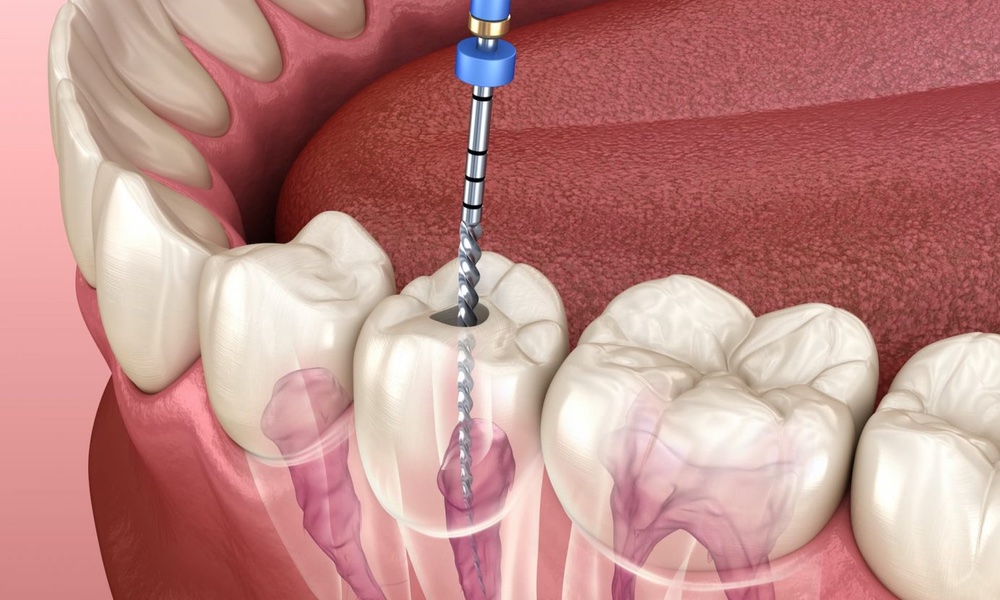The best way to detect breast cancer early and reduce the risk of death is to get a screening mammogram. However, mammograms do bring the risk of results that may require additional imaging and biopsies to look further at the tissue that appears cancerous.
When a woman receives a scary positive result that then turns out to be a false alarm, how likely is she to return for the recommended follow-up? Not very, a recent study finds.
Researchers at the University of California at Davis recently analyzed the results of almost 3,530,000 screening mammograms from the Breast Cancer Surveillance Consortium, a large and diverse patient database. They wanted to look at the association between screening mammography results (true negative, and false-positive with either recommended short-interval follow-up, recommended biopsy or additional imaging) and the likelihood of a woman's returning within nine to 30 months for subsequent screening.A false-positive screening result is associated with a small increase in the risk of developing breast cancer in the future.
Almost 77 percent of women with a true-negative result were likely to return for subsequent screening. The likelihood of returning dropped two percent among women with a false-positive result who were recalled for additional imaging only. It dropped by 16 percent among those with a false-positive result recalled for short-interval follow-up; and by 10 percent among those with a false-positive result recalled for biopsy.
Asian and Hispanic/Latinx women were the least likely to return for screening mammograms after a false-positive result.
“I initially expected the probability of returning would be lowest for those who had undergone a benign biopsy,” Diana Miglioretti, lead author of the study told TheDoctor in an email. She was surprised that the women least likely to return for future screening were women referred for short-interval follow-up, even after following women for five years.
The study did not look at why women who received false-positive results were reluctant to return for screening. Miglioretti thinks the stress associated with false-positive results, including “…the fear of thinking you may have cancer, the anxiety of waiting for final results and the inconvenience and costs of having to return for multiple visits,” are likely reasons.Once a screening mammogram has been found to be normal, women can feel confident they do not have breast cancer. However, they are still at risk of developing breast cancer and should continue with regular screening.
Once a screening mammogram has been found to be normal, women can feel confident they do not have breast cancer. Miglioretti cautioned, however, that they are still at risk of developing breast cancer. And in fact, a false-positive screening result is associated with a small increase in the risk of developing breast cancer in the future. “So it is very important that women continue routine mammography screening every one to two years,” she said.
Miglioretti, a professor and division chief of biostatistics at UC Davis, and her team hope to see if artificial intelligence can reduce the number of false-positives and help identify mammograms with findings that are likely to be recalled. The images could be interpreted while the woman waits, and then a diagnostic workup could be done at the same visit, reducing the anxiety and inconvenience of having to return for a diagnostic workup at another visit.
The study and a related editorial are published in Annals of Internal Medicine.





